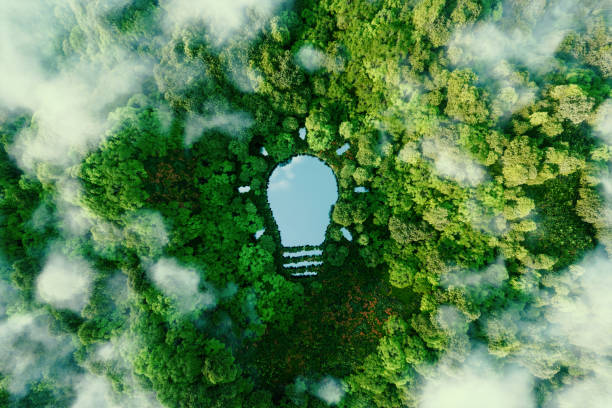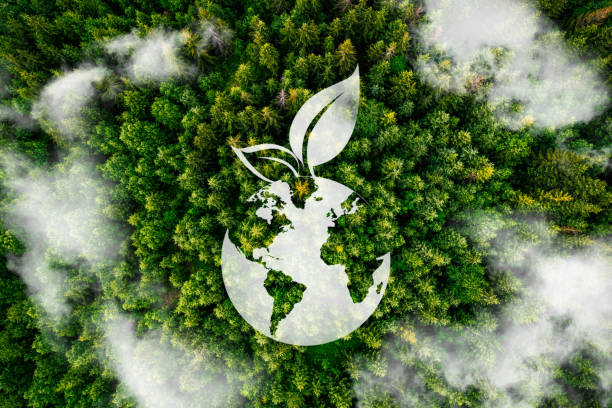
Biosphere Reserves are not just protected areas; they are hubs of innovation, testing grounds for sustainable practices that could change the world. In their recent study, Dabard et al. delved deep into these model regions, analyzing the types of sustainability innovations found within them. The study’s findings shed light on how these innovations could transform our approach to conservation and development.
From community-based conservation efforts to cutting-edge technological solutions, sustainability innovations embody diverse approaches aimed at harmonizing human activities with the natural environment. However, beyond their individual merits, what truly sets these innovations apart is their collective capacity to instigate transformative change.
Grouping sustainability innovations into patterns, so called archetypes, helps studying and analyzing them. These archetypes reveal the essence of what makes sustainability innovations tick and how they can make a real difference.
The study identified six different archetypes:
- Participative Transformation Governance
- New Sectors for Social-ecological Transformations
- Social and Sustainable Entrepreneurs
- Social Innovations
- Service Innovations
- Technological Efficiency Innovations
Each of these archetypes targets different leverage points — so points where sustainability innovations cause a change and enhance impacts. This archetype approach is thus suitable for capturing a diverse range of sustainability innovations and characterizing their transformative outcomes.
What does all this mean for the world beyond Biosphere Reserves? It means we have a blueprint — a roadmap for how to tackle environmental issues in a way that works with nature, not against it. The findings underscore the importance of holistic and context-specific approaches that transcend disciplinary boundaries and cater to the diverse needs and aspirations of communities and ecosystems alike.

In essence, the study invites us to reframe our understanding of sustainability innovations not merely as isolated interventions but as interconnected components of a larger transformative process. By recognizing and harnessing the diverse archetypes of sustainability within Biosphere Reserves (and beyond), we can chart a course towards a more resilient, equitable, and thriving future for both humanity and the planet. It shows us that the key to a sustainable future lies not in one big idea, but in many small ones working together in harmony. And Biosphere Reserves are where those ideas come to life.
If you would like to explore this topic further, you can find the whole paper HERE.
Caroline Hélène Dabard, Carsten Mann, Berta Martín-López (2024). An archetype analysis of sustainability innovations in Biosphere Reserves: Insights for assessing transformative potential. Environmental Science & Policy, Volume 153, 2024, 103674, ISSN 1462-9011, https://doi.org/10.1016/j.envsci.2024.103674.
Text by Isabelle Andres
